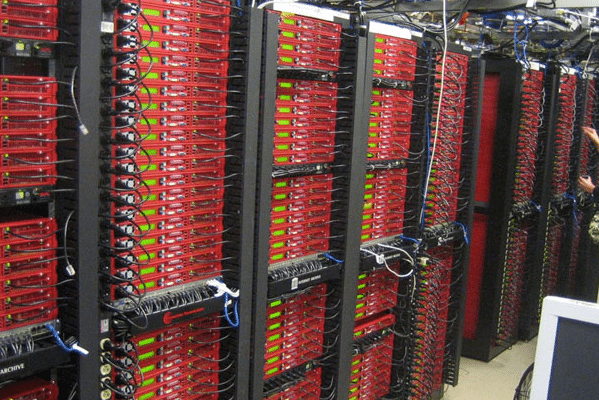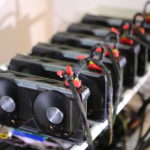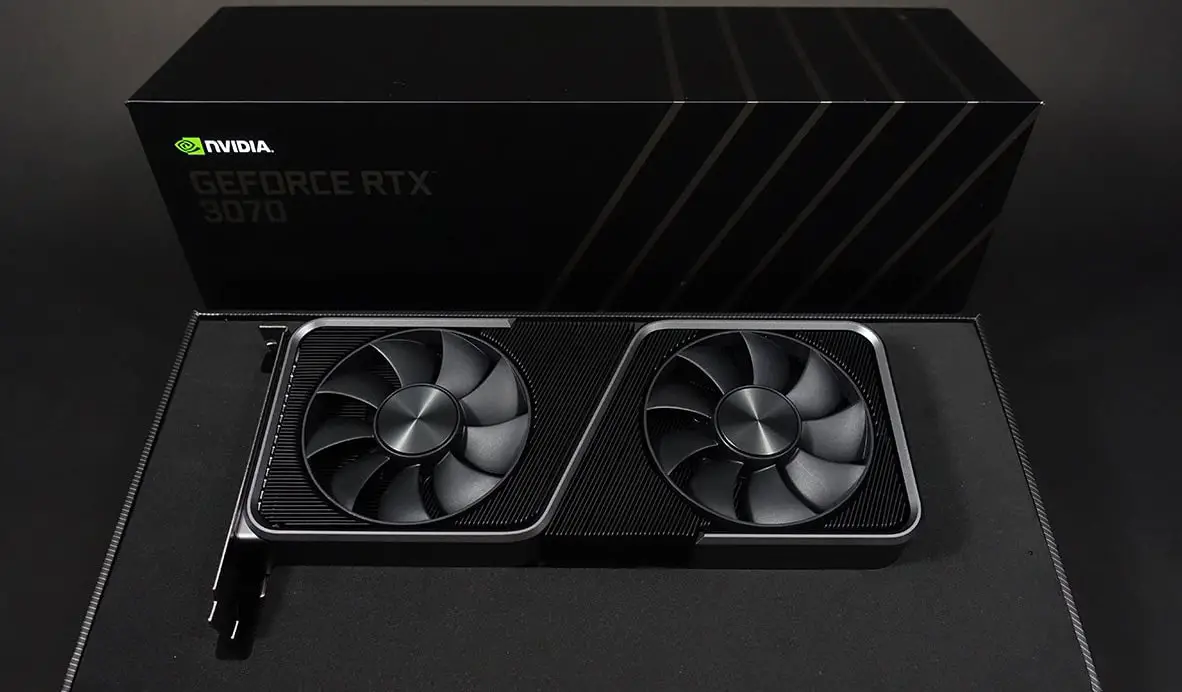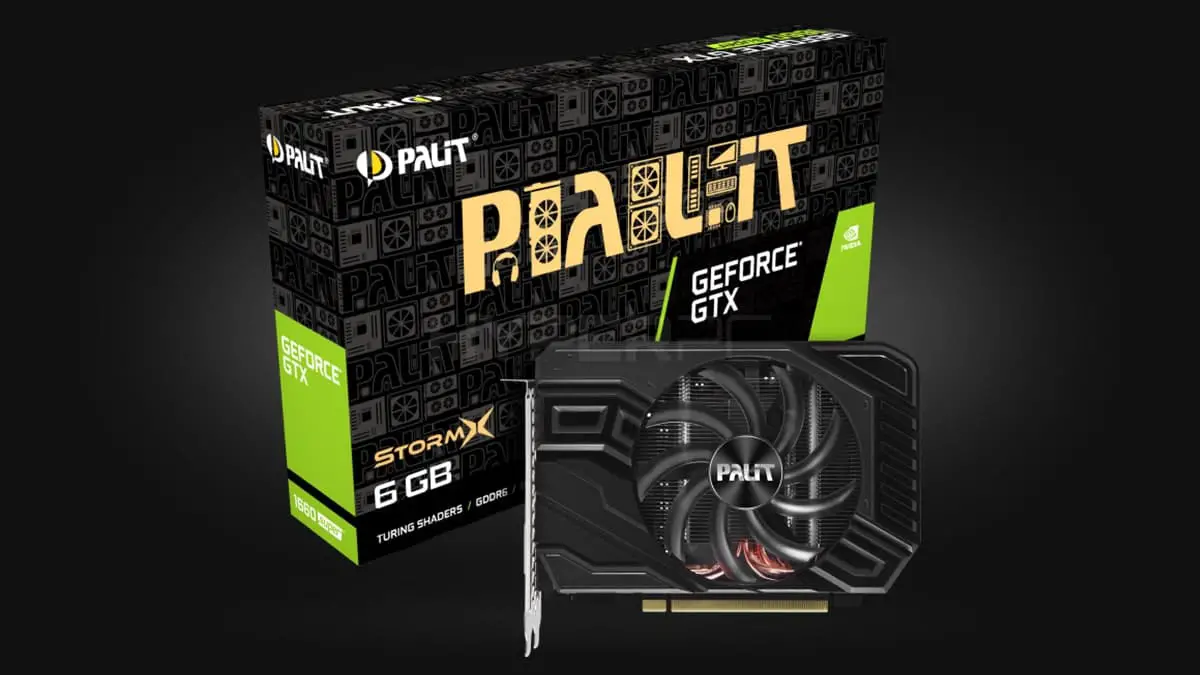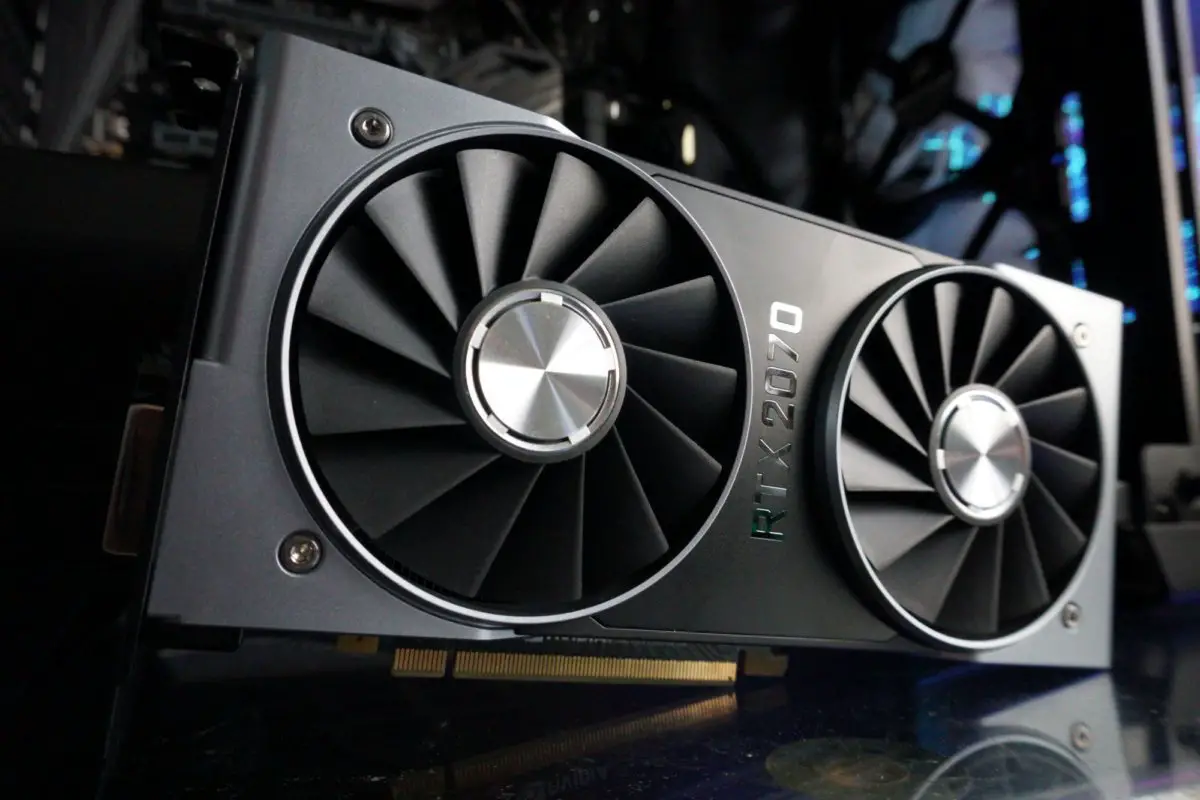Cryptocurrency mining can be done independently (the so-called solo mining), or by joining an existing pool, where the available computing resources are combined with other miners to increase the likelihood of finding a block and receiving a reward.
In general, the process of mining cryptocurrencies includes two components: the actual production of certain digital tokens – cryptocurrencies and the verification and addition of transactions to the public blockchain network. This work is performed using computing resources on computers connected to the Internet and in order to be done efficiently requires high computing power.
High computing power is tied to high power consumption. The work of a miner who maintains the existence of the blockchain network incurs costs aimed at keeping the equipment operational and paying the electricity bills. Such work cannot be done unselfishly, so it is paid with a reward for every block found on the network.
A feature of the process of finding a solution corresponding to the next block in the network is that the network is configured in such a way that when a large number of miners are working, the level of complexity increases, and a decrease in their number accordingly decreases the level of complexity. This is done so that in a given period of time there is a given number of blocks, for example, in the Ethereum network, 1 block is in about 10-12 seconds, and in the Bitcoin network – 1 block in 10 minutes.
Pools’ work
As more and more miners want to make money, they increase their power and therefore the total computing power of the network, as a result of which the search for new blocks becomes more difficult. This leads to the fact that the search for a new block becomes almost unrealistic and too expensive for individual (solo) miners.
In this regard, miners, in order to increase their chances of finding a block, are forced to combine individual computing resources with the resources of others on a pool, which increases the joint computing power and helps to achieve the desired result faster.
The shared mining pool essentially acts as a coordinator for the pool members. Its functions include managing mined solutions (hashes) of pool members, searching for blocks in the network by pooling available computing power, accounting for the work done by each pool member, and making payments to each pool member in proportion to the work done after appropriate verification.
For its work, the pool charges a fee from each miner, which, as a rule, is 1-3 percent of each participant.
Related materials:





